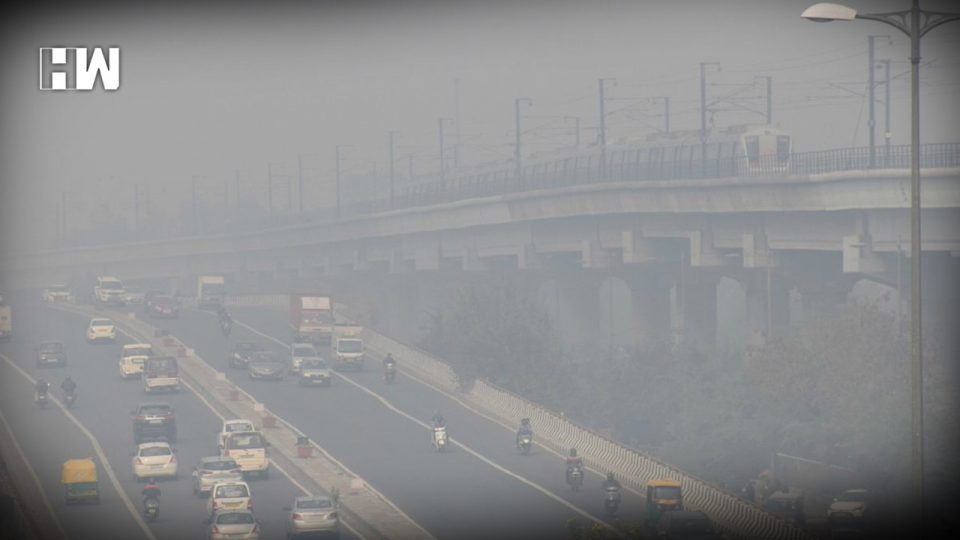The thin layer of toxic air hung over Delhi in the morning and the overall air quality index stood at 313 at 9 am. It continued with a record of 337 at 1 pm
New Delhi: On Sunday according to government agencies, Pollution levels in the national capital shot up and are expected to enter the “severe” category tonight due to firecracker emissions, unfavourable weather and a significant spike in stubble burning.
The thin layer of toxic air hung over Delhi in the morning and the overall air quality index stood at 313 at 9 am. It continued with a record of 337 at 1 pm. On Saturday, Delhi’s overall air quality 302 was in the lower end of the “very poor” category.
The levels of PM10 tiny particulate matter of diameter 10 or less than 10 microns that can enter deep into the lungs reached as high as 515 micrograms per cubic meter in Anand Vihar, according to the Delhi government’s air quality monitors. In Wazirpur, PM2.5 levels crossed the 400 marks.
Out of 37, the 29 air quality monitoring stations in the capital recorded their AQI in a “very poor” category or beyond. The AQI in the satellite towns of Faridabad, Ghaziabad, Greater Noida, and Noida were 313, 392, 308 and 352.
After last year’s Diwali, Delhi’s AQI had crossed the 600-mark, which is 12 times the safe limit. In 2017, the AQI post-Diwali was 367. An AQI between 0-50 is considered “good”, 51-100 “satisfactory”, 101-200 “moderate”, 201-300 “poor”, 301-400 “very poor”, and 401-500 “severe”. more than 500 is the “severe-plus emergency” category.
The period between October 15 and November 15 is considered critical for Delhi-NCR’s air quality due to stubble burning in neighbouring states, firecracker emissions on Diwali and weather patterns across the region trapping pollutants in the atmosphere. With Delhi’s air quality plummeting to dangerous levels around Diwali every year, the Supreme Court last year banned polluting firecrackers and ordered that only green firecrackers, which is said to cause 30 per cent less pollution, can be manufactured and sold.
But the green pyrotechnics have failed to draw good responses both from sellers and buyers, primarily due to lack of variety, limited stock, and high prices. Last year also, people continued to buy conventional firecrackers and use them.
On Monday, according to the System of Air Quality and Weather Forecasting And Research (SAFAR), the highest impact of firecracker emissions is expected early from 1-6 am. “If 50 per cent of a total load of firecrackers (average of Diwali 2017 and 2018) is added, the AQI may plunge to the severe category for a short period,” it said, adding the situation would be not as bad as last year.
A PMO has led panel which directed implementation agencies and the NCR states to intensify anti-pollution measures up to mid-November so that there is an immediate impact on air quality. The national government has also asked Haryana and Punjab to stop stubble burning completely for the next critical days.
As an independent media platform, we do not take advertisements from governments and corporate houses. It is you, our readers, who have supported us on our journey to do honest and unbiased journalism. Please contribute, so that we can continue to do the same in future.

